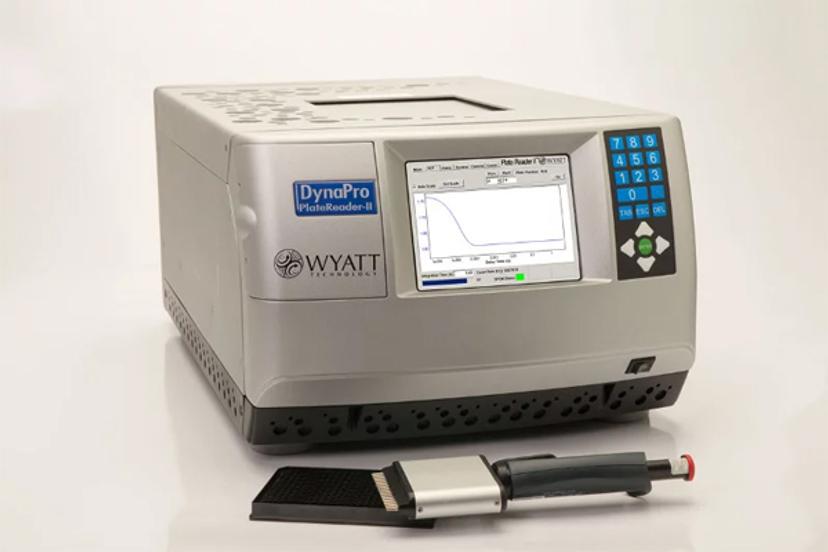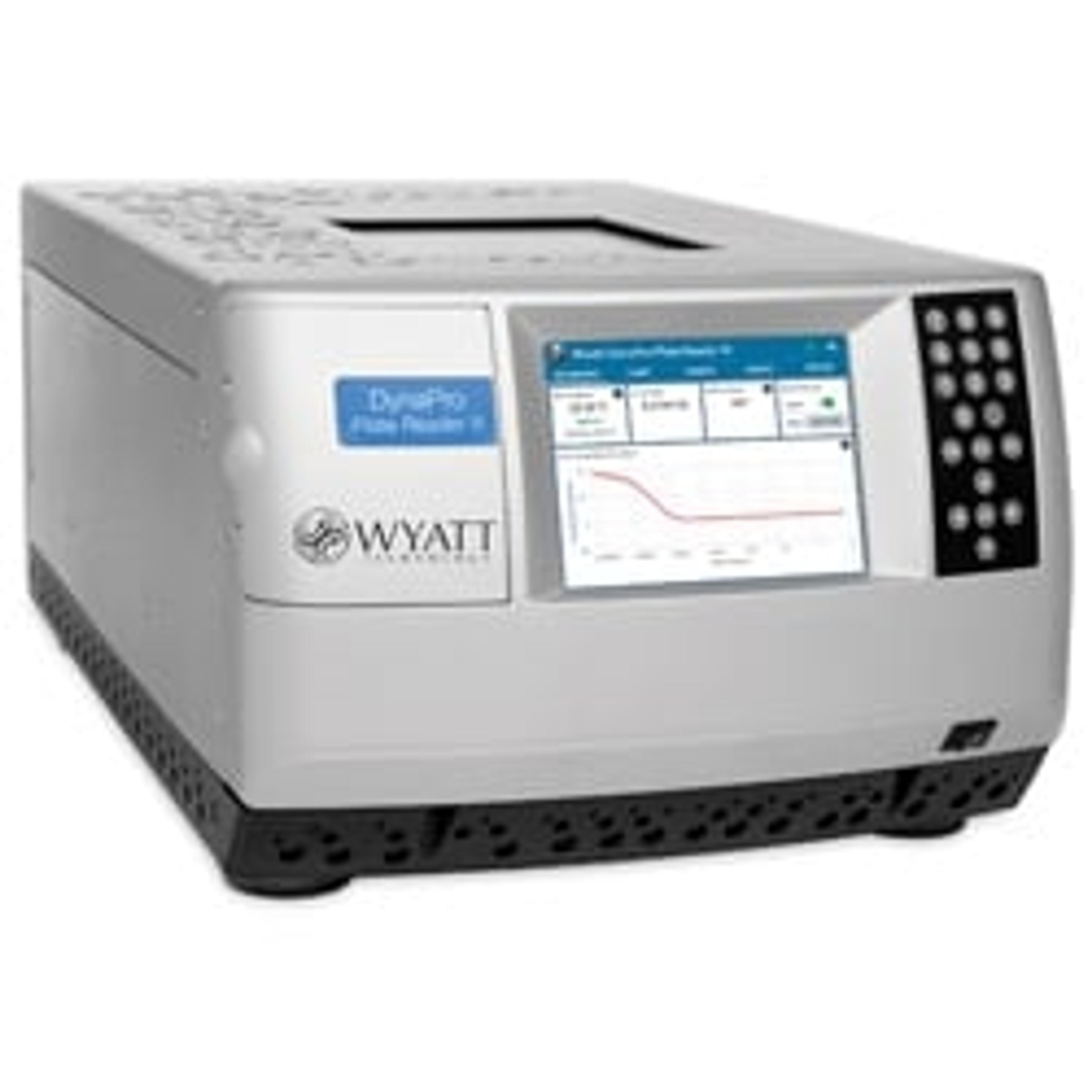Identifying Promiscuous Inhibitors in Drug Discovery at the UCSF Shoichet Laboratory
The significance of detecting colloid aggregation in high-throughput screening, as explained by Brian Shoichet
10 Jul 2017

False positive results in high-throughput screening (HTS) are a common problem. These false positives are often the result of colloidal aggregation, a phenomenon identified by Brian Shoichet and his colleagues at the University of California, San Francisco (UCSF), USA. SelectScience® speaks to Professor Shoichet to find out more.
SS: Could you briefly introduce yourself and your place of work?
BS: I was born on the banks of the Don River in Toronto. My family was upper-middle class, but we had love. I am a Professor of Pharmaceutical Chemistry at UCSF (San Francisco, CA).
SS: Can you tell us about your background and the foundations of the Shoichet Laboratory?
BS: My training was in computational chemistry (Tack Kuntz, UCSF) and molecular biophysics (Brian Matthews, Institute of Molecular Biology, Eugene). The work of our lab often alloys those two fields. Our computational contributions have come from the development of docking methods for structure-based ligand discovery, the development of chemoinformatics and systems pharmacology methods for the prediction of new targets for small molecules, and for the application of these methods to G-Protein Coupled Receptors (GPCRs). Experimentally, our contributions have come in the development of an experimental model system to test new methods, and in the discovery of colloidal aggregation and its role in drug discovery.
Colloid aggregation
SS: What are ‘promiscuous inhibitors’ and what are their significance in high throughput screening?
BS: Promiscuous inhibitors are small molecules that modulate - usually inhibit but sometimes as activators - targets with little specificity. There are several reasons for them, including the PAINS chemotypes made famous by Jonathon Baell and colleagues, but perhaps the dominant mechanism for promiscuity is aggregation of the "inhibitors" into colloidal particles. These colloids can sequester proteins with little specificity - they are perhaps the greatest single mechanism of artifact in HTS.
SS: Can you describe your current research into this field? What is the benefit of this research to the drug screening process?
BS: We discovered colloidal aggregation (McGovern et al & Shoichet, J. Med. Chem. 2002) and have since then investigated the range of molecules that it can affect, the range of assays, its physical mechanism and how to exploit that to overcome aggregation, as well as possible ways to exploit colloidal aggregation in formulation and drug delivery. For screening, the principal benefit has been to understand the range of compounds affected, the types of assays and targets, and ways to quickly discover whether candidate ligands are well-behaved, or are in fact aggregators (as they often are).
SS: You use the DynaPro Plate Reader II in your work, how does this technology help you to achieve your research goals?
BS: The DynaPro instrument is our first line of defense for checking whether a group of molecules are acting as aggregators. The 384-well format makes looking for particle formation at multiple concentration ranges, and multiple conditions (e.g., with and without detergent), very convenient.
It combines excellent optics and software with medium throughput capabilities, allowing us to evaluate a full plate, using 10 reads, in just over two hours.


